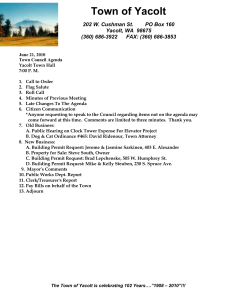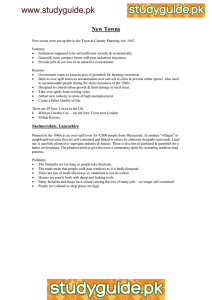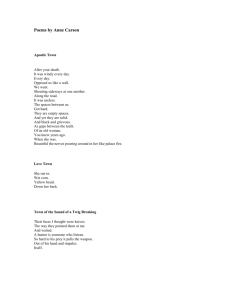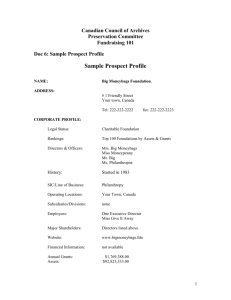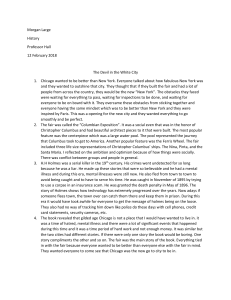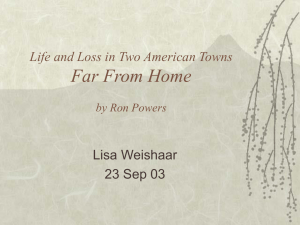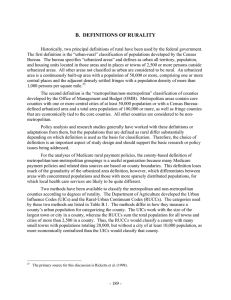My Kind of Town - Teaching with Primary Sources at Illinois State
advertisement
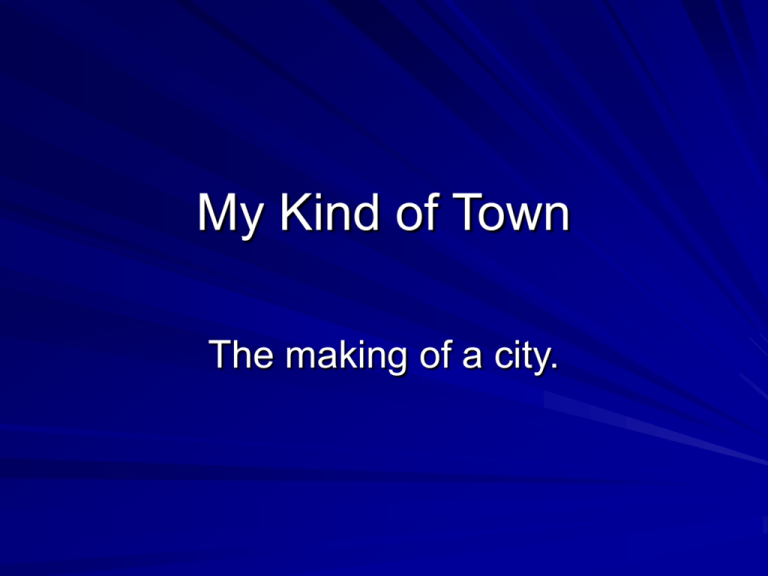
My Kind of Town The making of a city. Chicago less than 40 years after a devastating fire. Why do some communities grow and thrive faster and greater than other communities? What are major reasons that make a town a city or even a metropolis? Objectives Identify and interpret primary source documents within an historical context Integrate creative writing, historical analysis, and technology Evaluate the components that generate to a metropolitan community Plan and create a starter community that has the necessary components to evolve to a metropolitan area. You will: Fill in a graphic organizer comparing small towns and large cities based on what you know before beginning this unit. Read the lesson in the student text about settling the midwest Explore the primary resources available on the internet to begin answering the question, “What makes a town grow into a city?” Complete your graphic organizer with your group and begin planning your own town. Build a new community Write a radio commercial that advertises the new town that clearly describes the new community. List 3 observations about this drawing of Chicago in 1868. Waterways List 3 advantages of using water transportation What other forms of transportation were available in the early 1800s? List 3 disadvantages of traveling on waterways. American Environmental Photographs Collection, [AEP Image Number, e.g., AEP-N73], Dartment of Special Collections, University of Chicago Look at this map, can you identify the lake in the upper center of the map? The “lines” are railroads that are being built from the Mississippi to the east coast. How did the railroads affect communities? Compare and contrast railroad transportation with other forms of transportaion How do communities move from individual settlements to small towns and in some cases to major cities? What would your NEW town look like? What type of geographical features would we notice? How would you convince others to settle in your town? My-y-y-y-y-y Ki-i-i-i-ind of Tow-ow-ow-ow-ow-ow-n!





